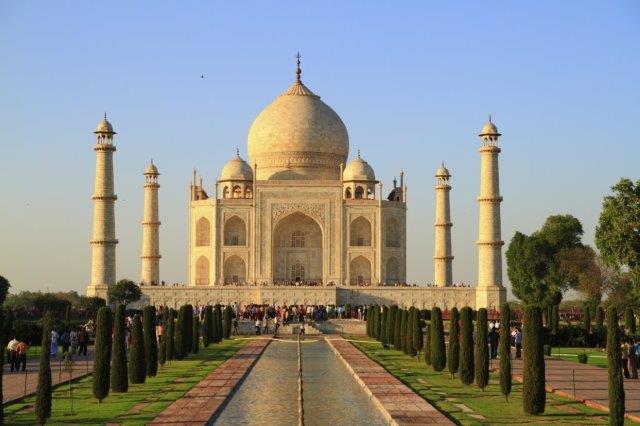FOR IMMEDIATE RELEASE
ACS News Service Weekly PressPac: January 07, 2015
What’s in the grime tarnishing the Taj Mahal?
"The Discoloration of the Taj Mahal due to Particulate Carbon and Dust Deposition"
Environmental Science & Technology
Every several years, workers apply a clay mask to India’s iconic but yellowing Taj Mahal to remove layers of grime and reveal the white marble underneath. Now scientists are getting to the bottom of what kinds of pollutants are discoloring one of the world’s celebrated wonders. Their findings, published in the ACS journal Environmental Science & Technology, could help inform efforts to protect the mausoleum and other surfaces from pollution.
Mike H. Bergin, Sachchida Nand Tripathi and colleagues note that Indian officials have tried to reduce the effects of pollution on the Taj Mahal by restricting nearby traffic and limiting local industrial emissions. But despite regulations and an occasional deep clean, the domes and minarets continue to accrue a layer of soot. So far, no published studies have looked closely at what specific compounds are causing it to appear yellow. Bergin’s and Tripathi’s teams wanted to find out.
The researchers analyzed particles in the air and on marble samples near the main dome over several months. Using a novel method they developed, the team estimated how these specks reflect light and therefore affect the color of the building. They conclude that black carbon and brown carbon from the burning of trash, fuels and other materials are among the primary pollutants tarnishing the Taj Mahal. In the future, their approach could be used to craft strategies to address the chronic yellowing and improve air quality, they say.
The authors acknowledge funding from the Indo-U.S. Science and Technology Forum, the Environmental Protection Agency and the National Science Foundation.


